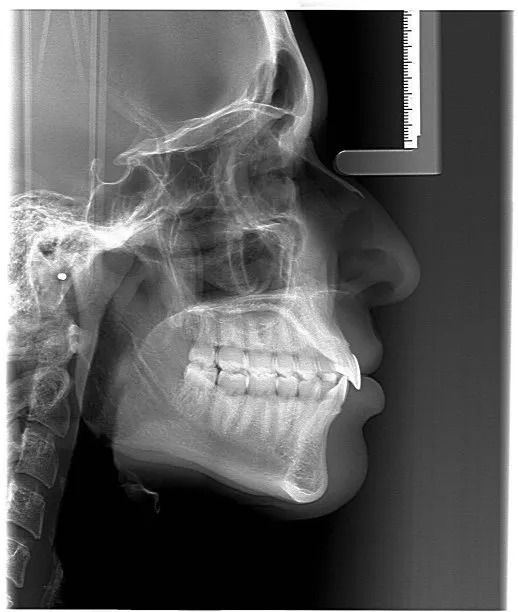Essential Considerations and Precautions for a Successful Dental Filling Experience You Should Know
Summary: This article offers essential insights into what patients should consider before undergoing a dental filling procedure. It highlights the importance of selecting a qualified dentist, understanding the filling materials, preparing for aftercare, and addressing potential anxiety. Each section provides valuable tips and precautions aimed at ensuring a successful dental filling experience. By being informed, patients can approach their appointments confidently and minimize complications, ultimately leading to better oral health outcomes.
1. Choosing the Right Dentist Matters

One of the most critical steps for a successful dental filling experience is selecting a qualified dentist. Credentials, experience, and patient reviews can offer insights into a dentists competency. Always check if the dentist has the necessary licenses and is affiliated with reputable dental organizations. This ensures that you are in the hands of a professional who adheres to high standards of care.
Moreover, personal comfort is also essential. It can be beneficial to visit the dentist beforehand to gauge the office atmosphere and how you feel interacting with the staff. A friendly and welcoming dental team can significantly reduce anxiety levels, making the filling process more pleasant.
Lastly, do not hesitate to ask your dentist questions about their approach to fillings. Understanding their methods can not only ease your concerns but also empower you to make informed decisions about your dental care. Take the time to ensure you choose someone you trust.
2. Understanding Filling Materials Is Crucial
Dental fillings come in various materials, and being knowledgeable about these can influence your choice. Common filling options include amalgam, composite resin, and porcelain. Each material has its pros and cons regarding aesthetics, durability, and cost.
For instance, amalgam fillings are long-lasting and resistant to wear, making them suitable for back teeth. However, they are not aesthetically pleasing. Composite resin, on the other hand, can match your natural tooth color, making it ideal for visible areas. Knowing these differences can guide you in selecting the right option based on your preferences and needs.
Additionally, discussing your allergies or sensitivities with your dentist regarding filling materials is vital. Some people may experience reactions to certain substances, which can impact their overall health. Clear communication will help ensure that the materials used during your filling procedure are safe for you.
3. Preparing for Aftercare Can Enhance Recovery
Aftercare is a crucial aspect often overlooked by patients during their dental filling experience. Following your dentist’s aftercare instructions minimizes the risk of complications and promotes healing. This includes avoiding certain foods and beverages after the procedure, especially hot or hard items that may lead to discomfort or damage to the filling.
Pain or sensitivity in the filled tooth can occur, and it’s essential to have the right over-the-counter medications on hand to manage any discomfort. Keep in mind that some dental fillings may take time to settle, so patience and proper care are necessary during the initial recovery period.
Furthermore, maintaining excellent oral hygiene after the filling is crucial. Regular brushing and flossing will help ensure that bacteria do not accumulate around the filling, which can lead to further decay. Schedule a follow-up appointment with your dentist to monitor the filling and ensure that everything is healing as expected.
4. Managing Anxiety Can Lead to Comfort
It is natural to feel anxious about undergoing dental procedures, including fillings. Acknowledging your fears is the first step to overcoming them. Most dental offices are equipped to help anxious patients with techniques like sedation dentistry or providing calming environments to ease stress.
Consider discussing your anxiety with your dentist before the appointment. They can explain the procedure in detail, making it less intimidating. Understanding what will happen can alleviate fears significantly and help you feel more in control during the process.
Finally, practicing relaxation techniques such as deep breathing or visualization can also be beneficial. These methods help lower anxiety levels, allowing for a more relaxed visit. Entering the process with a calm mindset will contribute to a smoother and more enjoyable filling experience.
Summary:
In summary, ensuring a successful dental filling experience involves careful consideration of various factors such as choosing a qualified dentist, understanding filling materials, preparing for aftercare, and managing anxiety. By taking these precautions and being well-informed, patients can navigate their dental visits with confidence and ease.
This article is compiled by Vickong Dental and the content is for reference only.



